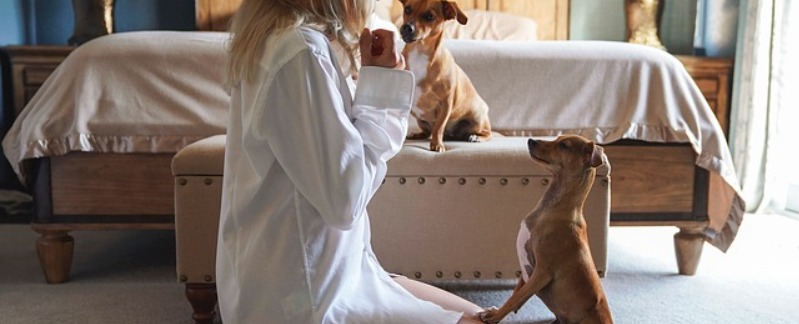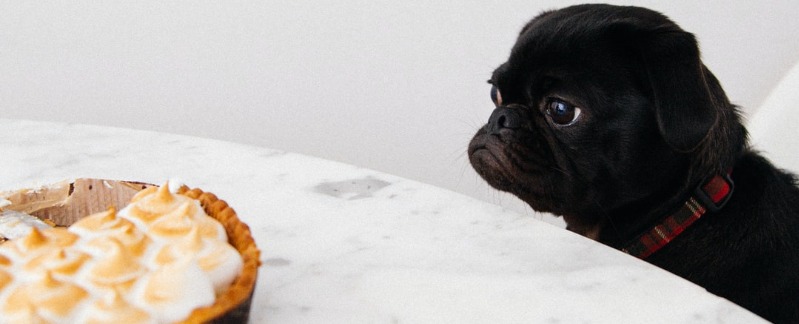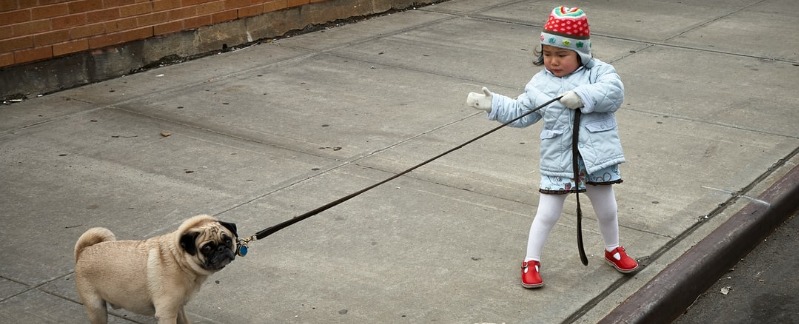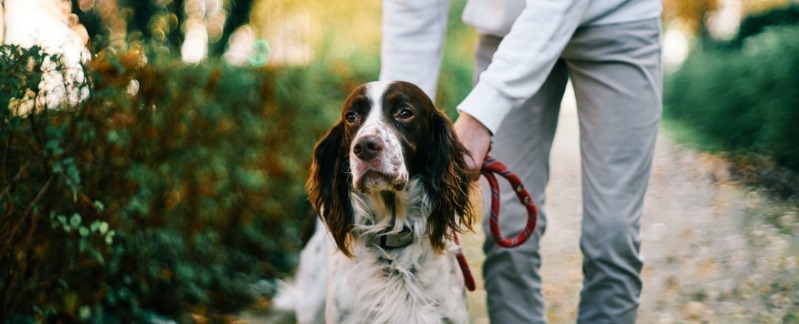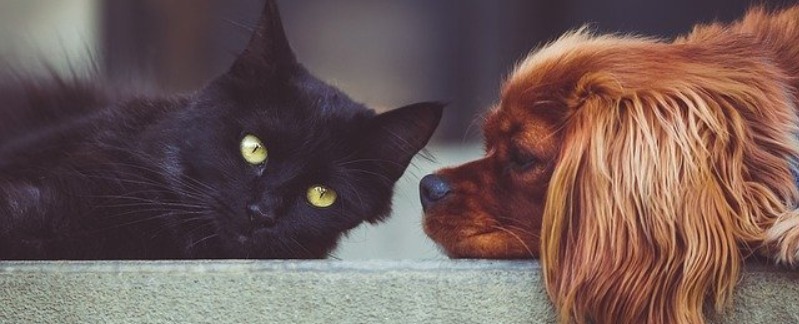…And The Big Things Will Take Care Of Themselves
Contents
With dogs, leadership usually isn’t taken with violence. In truth, it’s really not so much taken as it is given. It depends on lots of little day-to-day interactions, rather than big brawls over big issues.
Who Controls the “Good Stuff”
For dogs, it’s not about who is strongest or meanest; it’s about who can get and control the valuable resources. For the health of the whole pack, there has to be teamwork and cooperation, so it wouldn’t be beneficial to have the leader beating everybody else up.
Most disagreements between dogs are settled with a combination of eye contact and body language, with a little bluff and posture thrown in. If the resource in question is really valuable and worth protecting, the scuffle could escalate into an actual fight, but most often one dog gives up, or submits, before that happens.
Whenever possible, you want to avoid these battles altogether by teaching your dog right from the beginning that you are in control of all of the “good stuff” in his life, whether it’s food, petting, or access to a cushy spot on the couch. If he wants it, you can make him earn it, establishing leadership positively, without confrontation.
No Free Lunch!
Until your position of leadership is clearly defined, put your dog on a nothing-in-life-is-free program, making him earn access to all of the stuff he likes by performing a simple task for you. Teach him to do things that make your life easier, like sitting to have his leash put on when you’re getting ready to take him for a walk. (Chapter 10 will help you teach your dog to sit). His enthusiasm is cute, but it’s frustrating trying to snap a leash on a small moving target.
And if he’s already out of control before you even get the leash on, how is he going to behave on the walk? Does he jump when you’re preparing his food or putting it down, making you spill it everywhere? Teach him to sit and wait until you release him to eat. Do this every time you feed him. Now you’re in control of his very survival every day, so you must be the leader. When he knows who controls all the little things in his life, he’s much less likely to question or challenge who controls the big things.
This Land Is My Land
Control of territory is a vital element of leadership. Territory means both the real territory, like your house and yard, and the immediate territory, including the space your dog is occupying right now. It’s all yours — feel powerful? As Master of Your Domain, you’ll grant your dog access to new parts of your territory gradually (and under supervision) based on his ability to control himself. It’s not a hotel or a playground; it’s your home. Until he shows that he respects it, giving him free run of it is like letting a class full of preschoolers loose in it. Unless you like it messy, it’s probably not a good idea.
This Space Is My Space
The personal space that you occupy, and the space your dog occupies, is another important aspect of territory up for control. You want to regularly remind your dog that occupying a space doesn’t mean he owns it. By teaching him to move out of your way, rather than your getting out of his, or walking around him, or stepping over him, you are subtly but powerfully reminding him who is in charge.
Teach your dog to yield space to you on command by pairing a command with your shuffle. Don’t know what command to use? Try “Excuse me” or “Move.” Don’t forget to praise!
You can easily teach him to yield space to you by shuffling into him, your feet close to the ground, and praising him when he moves out of your way. You can also use this technique to intercept him if he’s jumping, a major infringement on your personal space. If you didn’t invite him to, don’t allow him to lie on you, or cover parts of your body with parts of his, which implies ownership.
You own him, not the other way around. Never, even if it seems funny at the time, allow him to push a person out of, and then occupy, their spot, especially if it’s the person’s bed.

